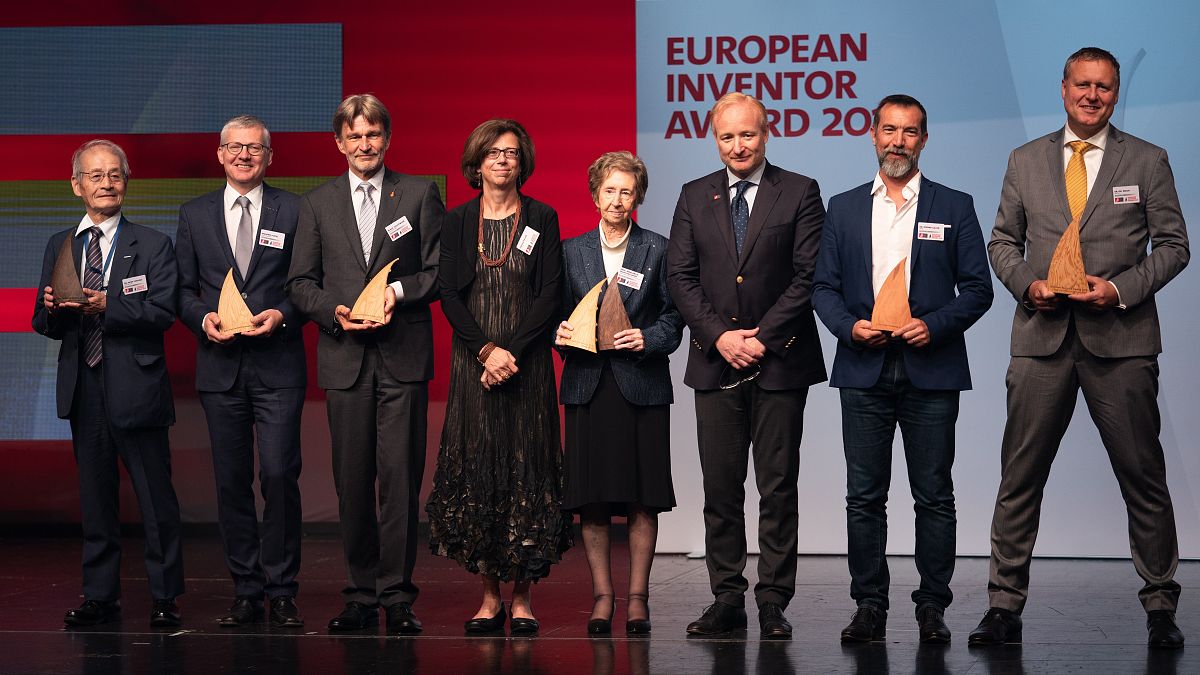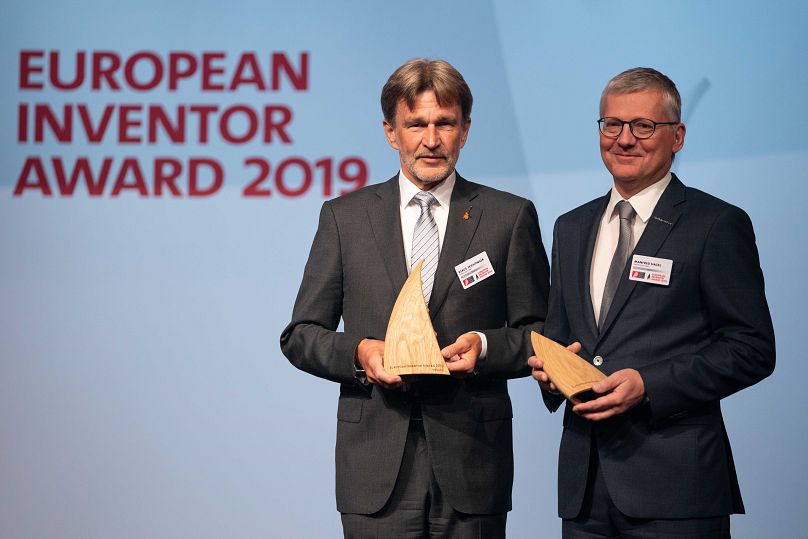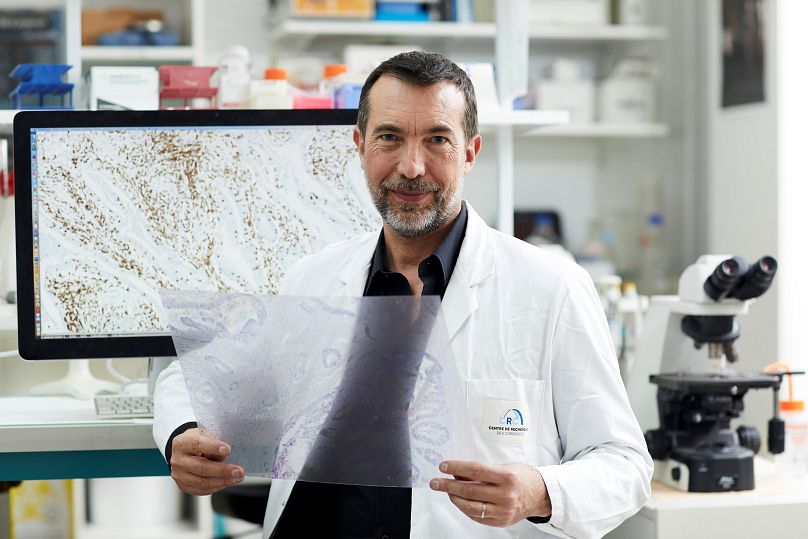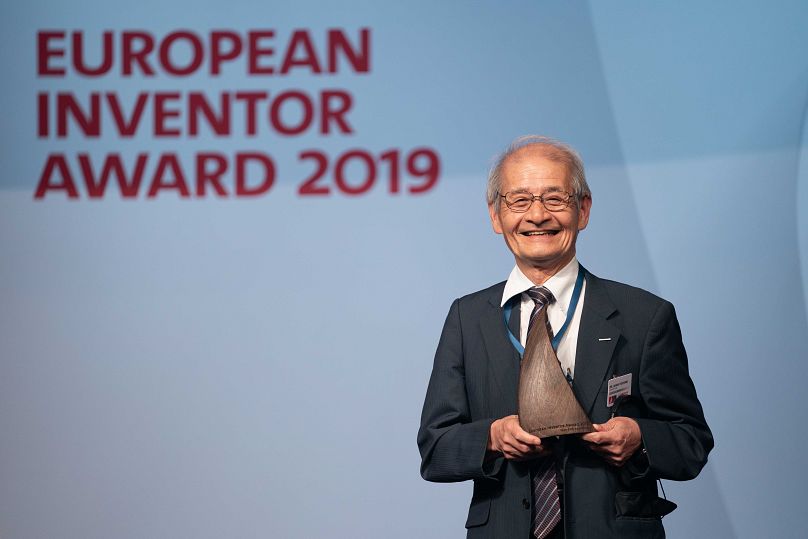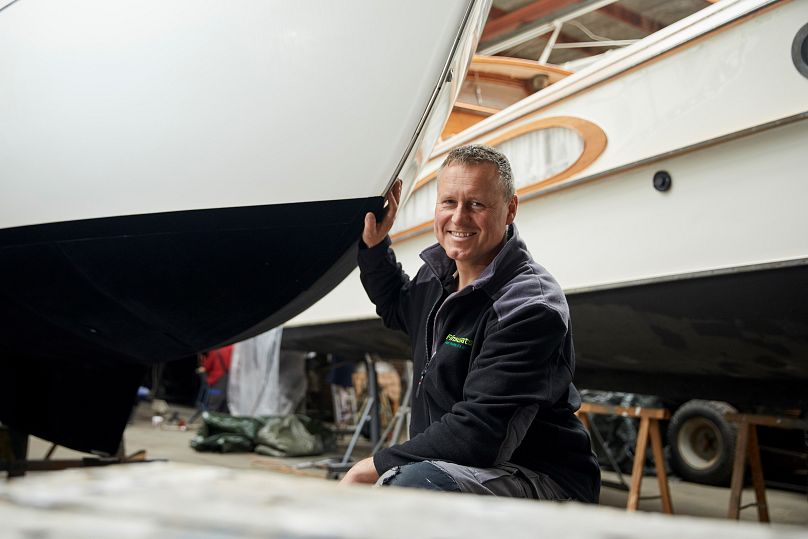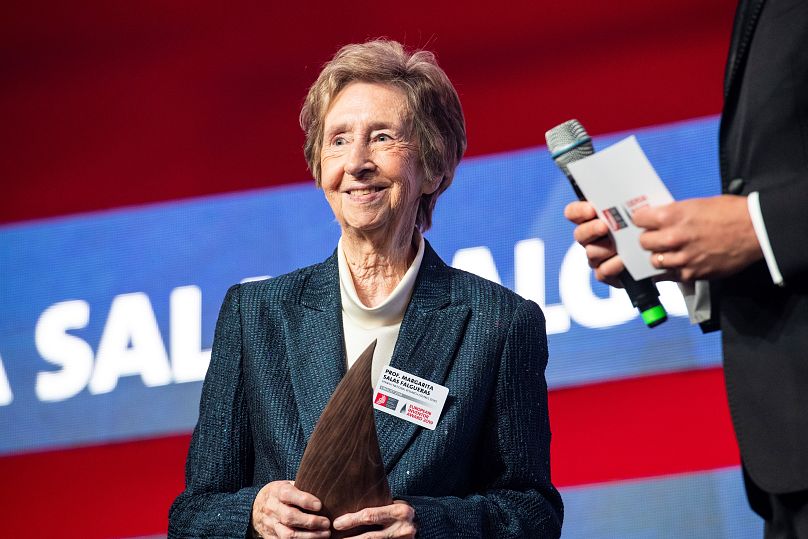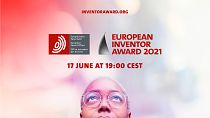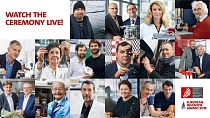Social and technological progress is only possible thanks to the tireless efforts of researchers and inventors working to change our lives for the better.
The European Inventor Award shines a light on some of the finest minds – those whose dedication has saved lives, brought economic growth, streamlined communication and improved the environmental outlook.
Held since 2006 and organised by the European Patent Office (EPO), the Award sees finalists and winners in five categories selected by an international jury made up of experts in science, politics, intellectual property, business, media and research. There is also a Popular Prize, awarded to the entrant who receives the most online votes from the public in the run-up to the ceremony.
This year the Award was held at the Wiener Stadthalle in Vienna on 20th June and honoured pioneers from Austria, France, Japan, the Netherlands and Spain.
Going Against the Flow
Plastic has long been a source of frustration for the recycling industry – unlike glass or metal it is frequently composite, and its individual polymers require distinct methods of cleaning and melting.
As a consequence, only 30 percent of the 58 million tonnes of plastic waste produced in the EU every year is recycled.
Industry category winners Klaus Feichtinger and Manfred Hackl have dedicated their careers to improving the technology to produce a higher-quality plastic pellet, but a crucial advance came with an apparently simple discovery – that by reversing the rotation of the processed plastic waste as it passes through an extruder screw, the material can be processed more quickly and efficiently.
In Hackl’s words, "It's like taking a beaker when you're sitting by a stream, and then filling it in the direction of flow, and the cup is only partly filled – or against the direction of flow, then the cup is completely full the whole time."
This patented Counter Current technology forms part of a raft of improvements that has enabled the Austrian inventors to create an end product of such high quality that it competes with virgin plastics.
A New Tool in Cancer Prognosis
Historically, oncologists have tended to give broadly similar prognoses to any two patients battling the same type of cancer at the same stage. French immunologist Jérôme Galon, winner in the ‘Research’ category, led a 10-year investigation to work out why these patients’ survival periods could then differ so greatly.
By taking samples of tumour tissue of more than 7,000 patients and examining the number of immune cells surrounding the cancerous cells, he found a correlation between the number of such cells and life expectancy, shifting the focus from the cancerous cells to the body’s own immune system. He developed a diagnostic tool that uses digital images of tumour samples and advanced software to measure immune response.
Galon filed the initial patent application for his invention in 2005, calling it the Immunoscore®, and it is now helping doctors to predict the risk of relapse and decide on the appropriate course of action – and whether intense treatments such as chemotherapy and radiation are appropriate – for patients in 19 countries.
Patients’ lives and prognoses benefit as a result, but Galon’s breakthough has wider implications for the reactivation of patients’ immune systems, which could one day play a part in any potential vaccines.
Making Technology Portable
The myriad small ways in which lithium-ion batteries (LIBs) have changed our everyday lives and improved our interconnectivity are inestimable, thanks in large part to the pioneering efforts of Japanese chemist Akiro Yoshino at the Asahi Kasei Corporation.
His prize for inventors from non-EPO countries reflects decades of R&D into battery technology that allows us to carry smartphones, tablets and laptops; use electric razors and cordless power tools; and even lets us drive electric cars.
Yoshino originally devised a way to use lithium cobalt oxide as a positive electrode and created an entirely new material – carbon with a crystalline structure – to store the lithium ions.
He discovered, too, an organic solvent that would carry the electrical charge between electrodes at a higher voltage than had previously been thought possible.
Asahi Kasei filed the basic patent in 1983, but Yoshino continued to improve and modify the technology, making the batteries safer and longer-lasting, and is now named on 56 Japanese patents and six European patents.
This has allowed Asahi Kasei to stay competitive, and to license to major international players such as Sony, bringing higher standards of safety and efficiency around the globe.
Mimicking the Sea Urchin
“Over years of evolution, nature has already solved all kinds of things that we humans can learn from,” says Rik Breur, from the Netherlands, who picked up the award in the SME category for his environmentally friendly answer to marine ‘biofouling’.
Algae and other sea life attaches to the underside of ships, tankers and boats and results in an increase in size and friction that causes ‘drag’ in the water, slowing down vessels and creating the need for added fuel – current estimates suggest that biofouling costs the shipping industry around €20 billion annually.
Traditionally paints are used to protect the hulls, but these gradually release toxins and copper into the water, placing marine ecosystems at risk.
Enthusiastic diver Breur was inspired by sea urchins to create a fibre coating covered with tiny nylon spines as a natural repellent. Using ‘electrostatic flocking’ he was able to stand the fibres on end, attached to an adhesive substrate to form a thin, carpet-like material that is easily attached to hulls.
Thanks to his ingenuity, and the protection he has for his invention through patents, Breur has been able to market ‘Finsulate’ around the world and his client base now spans five continents.
Fifty Years at the Vanguard of Molecular Genetics
She’s been described as ‘the Marie Curie of the 21st century’, but Margarita Salas Falgueras has in fact been leading pioneering research for far longer.
Among her other accomplishments, it was Salas who effectively brought the study of genetics to Spain in the 1960s. After three years in New York studying with Nobel Prize winner Severo Ochoa, she returned to Madrid, which she described at the time as “a scientific no man’s land,” and she and her husband set up the country's first research group on molecular genetics .
Salas’ best-known achievement is the discovery that the bacteriophage phi29 could create a DNA polymerase that would allow minuscule amounts of genetic material to be amplified without losing potency.
Not only has this had worldwide ramifications for forensics and the study of genetic disease and ancestry, but – thanks to a patent that has generated millions of euros in royalties for the Spanish National Research Council – has also enabled further research funding.
The Spanish scientist picked up not only the Lifetime Achievement Award, but also took home the Popular Prize, having received the highest number of public votes of the 15 finalists.
